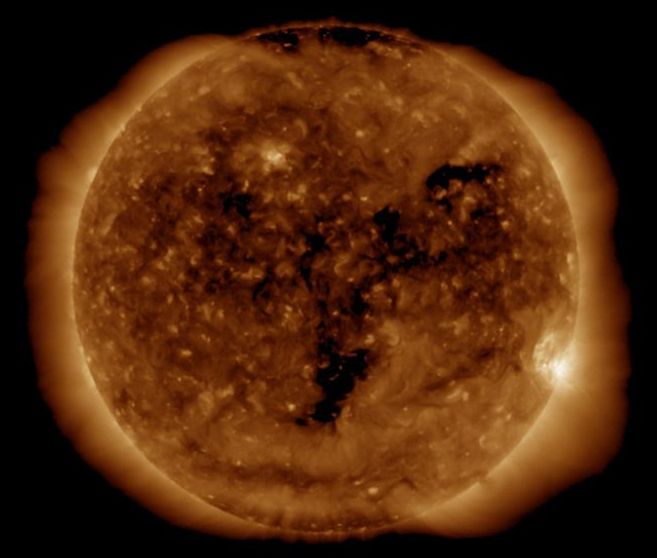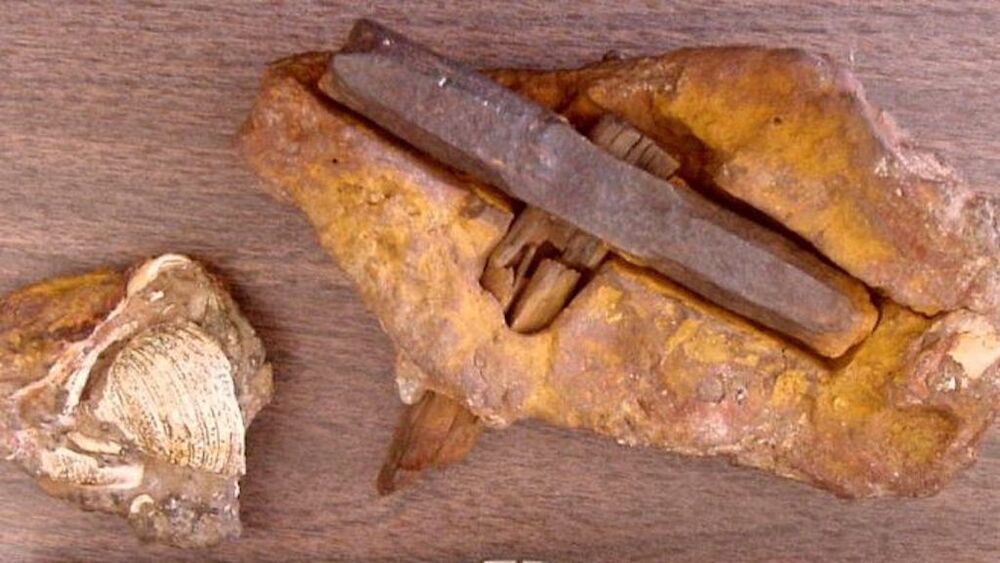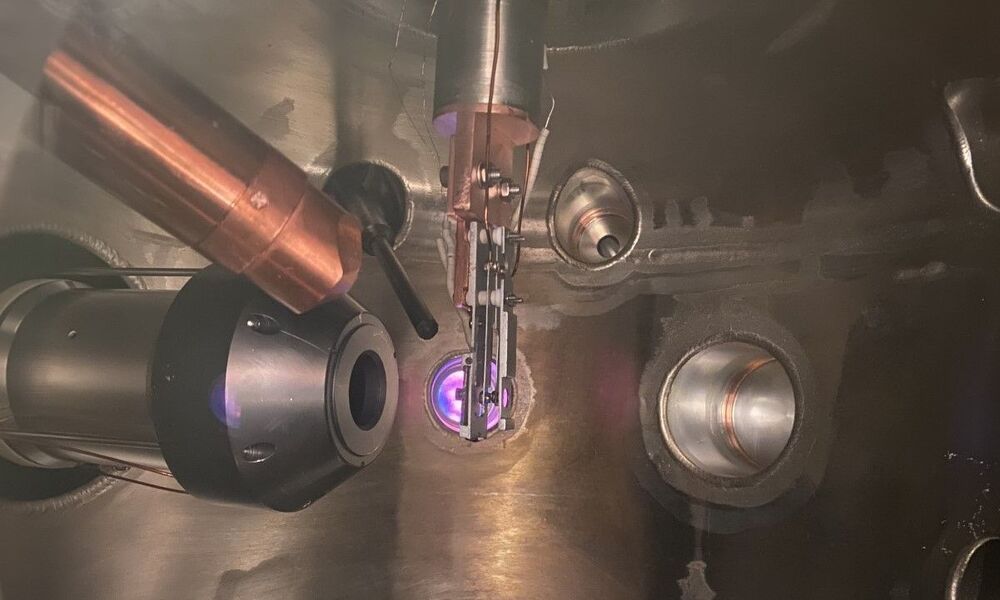Just days after Earth was hit by a coronal mass ejection (CME), it appears another blast of solar wind is due to impact Earth on Sunday; it is currently traveling at a brisk 1118, 468 mph towards the planet.
A minor G1-class Geomagnetic Storm is possible late Saturday into much of Sunday as the solar wind interacts with the Earth’s magnetic field. While the National Weather Service’s Space Weather Prediction Center has not issued any advisory for this solar wind yet, a watch or warning could be posted tomorrow for this event.







